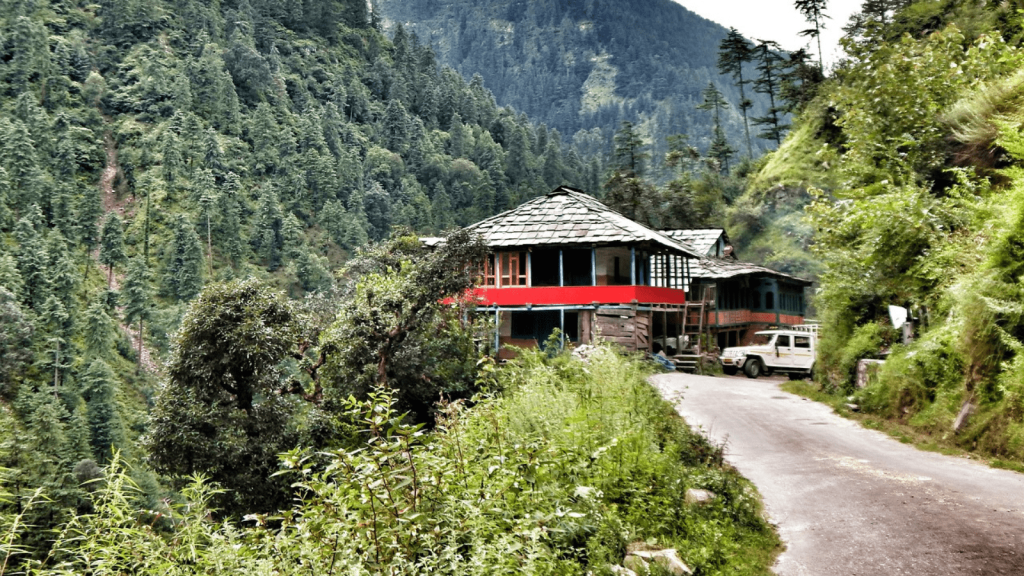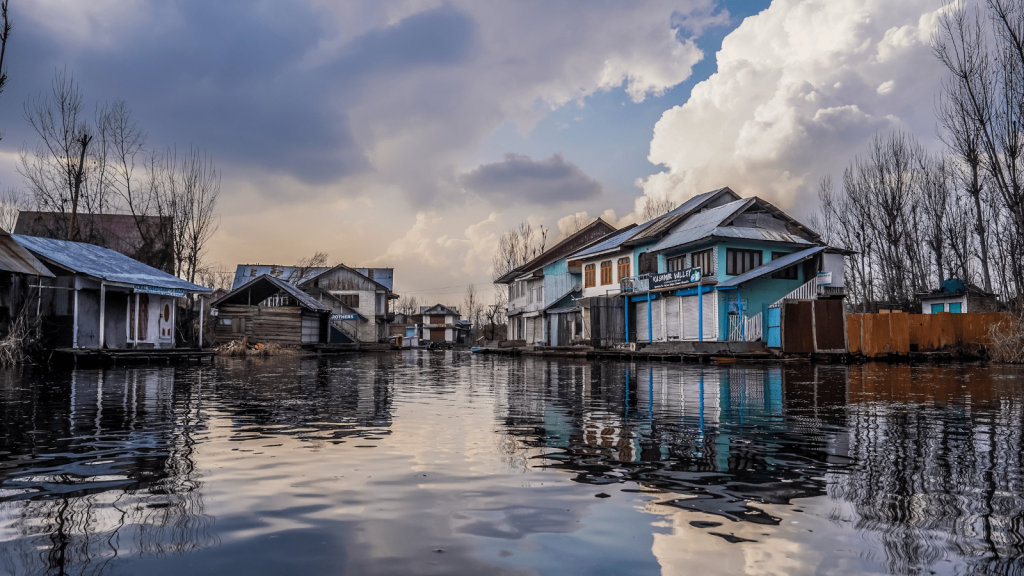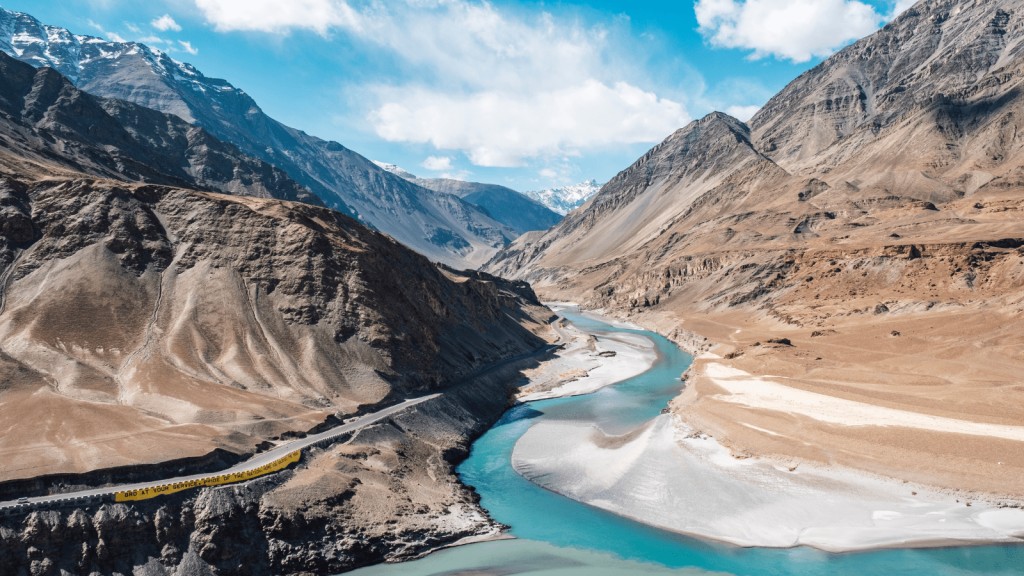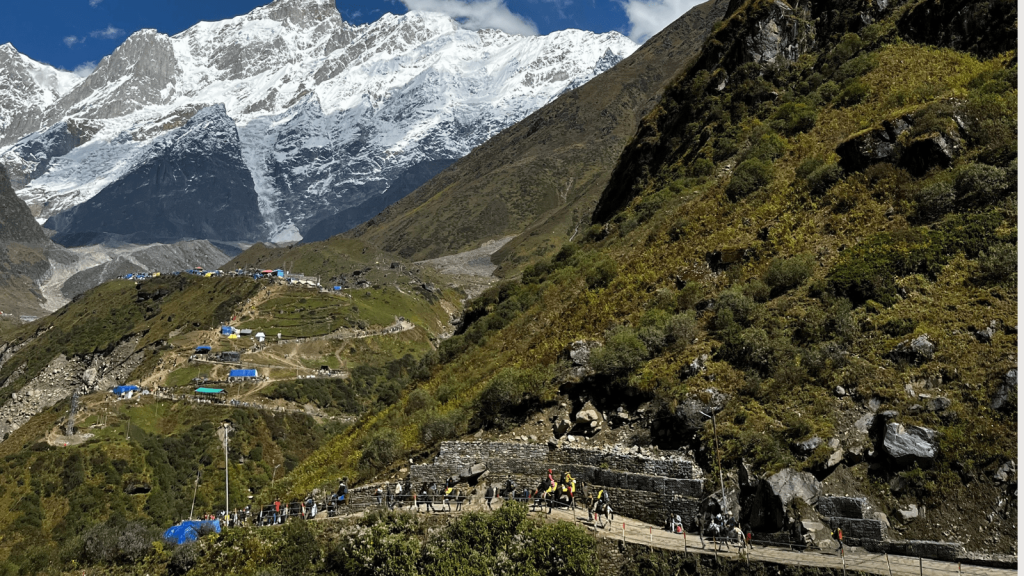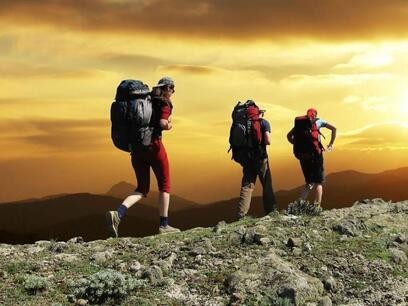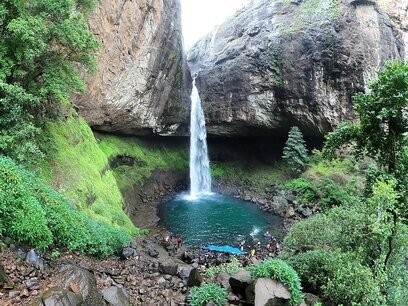Markandeya Fort Trek
The Western Ghats of Maharashtra are renowned for their Sahyadri Mountain Ranges. There are close to 300 plus forts here. However, only some of these forts and trek routes have been explored and commercialized. A large section of these mountain ranges are less trodden and remains unmarred. Mount Kalsubai is undoubtedly the most well-known trek in Maharashtra. Also known as the Everest of Maharashtra, trekkers flock to Kalsubai in immense multitudes. Be it any season or day of the week; one may find a massive swarm of hikers at Kalsubai Peak.
If you are not the one who goes where the crowd is and decide to take the road less traveled, then Markandeya is the trek for you. Markandeya Fort trek is the perfect alternative to Kalsubai. Crowned at the lofty height of 4,384 feet, Markandeya fort has similar sections as Kalsubai, challenges, and better perspectives from the top compared to Kalsubai trek. Residing in the Nashik region, the fortress gets its name from the holy sage Markandeya. Legend has it that Sage Markandeya lived on the fort and protected the Brahmins clerics from Bhimasur and other demons. Markandeya stands in front of the Saptashrungi hill and is a part of the Ajanta Satmaal Fort Range. The Saptashrungi also beholds the forts of Saptashrungi gad, Ravlya Fort Javlya Fort, and Dhodap Fort.

Markandeya Fort Information
Starting point: Mulane village, Wani, Nashik
Trek gradient: Moderate. Markandeya is a continuously uphill trail with some growing segments. The trail comprises of many rocky patches and some steel ladders to support on high inclination.
Water sources: There are many fixed water sources accessible on the Plateau. You can discover numerous taps and water sources constructed by the locals. Ensure you carry at least two liters of water and refill them at the Plateau.
Best months to visit: The best months to trek Markandeya are from August to February. During this period, you can see the magnificent sights from the first Plateau and the fort itself. Markandeya is an ideal opportunity to see sprouting wildflowers on the Plateau as well as near the temple. Trekking to the Markandeya fort is not recommended during peak monsoon as the trail to the top has many rocky sections. During heavy monsoons, the path becomes murky and slippery, making the ascend and descend difficultly. And during summer it gets sweltering and humid.

How to reach Markandeya Fort
Getting there Markandeya Fort
• 52 km from Nashik, the base village is Mulane on the Wani-Kalwan Link Road. The nearest town is Wani, which is 5.5 km from Mulane village. This fort is opposite the Saptashrungi hill.
• The distance from Mumbai to the starting point at Mulane village is 221 km. Get on to NH160 towards Nashik. Take a left at Amrutdham Chowk, Nashik. After 3 km, take a right to get on to Satpur Nashik road. Continue on the same road for another 32 km. Once you cross the Vani main bus stand, take a right to continue onto Vani-Kalwan link road.
• Wani is 40 kms from Nashik on the Nashik-Saputara highway. 9 kms from Wani on Wani-Kalwan road, you will reach the base village of the fort.
• Trekkers from Pune can reach Kalyan station and board another train to Kasara. They can also get down at Nashik station.
• People from Mumbai can board a local train from CST station to Kasara. From Kasara, one can hire a jeep till the base village. There is also an option to reach the base village via ST Buses, and one can board them near Kasara Station and get down at Mulane Village.
• One can reach Mulane pass by a vehicle/ST bus, which is 2 kms from the base village. Moving towards Kalvan village from here, the road to the right leads to Ravlya-Javlya whiles the one to the left to Markandeya.
Markandeya Fort Trek Blog
Two routes take you to the top of Markandeya Fort. The path most preferred starts from Mulane Village and is approximately 3.5 km long, which can be trekked easily in two hours. The Markandeya trek can also be ventured from the valley between Markandeya fort and Saptashrungi gad, known as the Mulane Valley. This route is considerably challenging and has steep sections when compared to the other route. It is almost five kms long and takes about three and a half hours to complete one way. Attempt this only if you are an experienced trekker.
Trek from here is a gradual climb till the preliminary spot of the Plateau. It has a trail with loose rocks. However, there are railings all through the trek for the safety of trekkers. The last stretch to reach the Plateau is somewhat higher than the trekking trail. To make it simpler to climb, there is an iron ladder that leads you to the Plateau. After a short climb from the base will, you arrive at a gigantic plateau around two kilometers. The view from here is incredible. You can see Ravlya-Javlya and Dhodap. You can see the path that you moved up from here. There are numerous ashrams, symbols, relics, and volcanic stones that are in stable condition. This Plateau can be counted as a rest point and can be thoroughly explored with Saptashrungi in the backdrop.
After one is done chilling and exploring the Plateau, begin the journey towards the peak. The trail from this point has a precarious rising. Nonetheless, railing on the path makes it simple to climb. The hiking trail is the same for another 600 meters. You will traverse through a crevasse that has rock-cut advances and loose rocks. Where these steps end, you will find a stone cut water tank named "Kamandalu tirth," which has water consistently the year.
Furthermore, there are three water tanks in succession and a dried tank nearby. There are two underground storage facilities. Towards the left side of this course, underneath, there are two caverns known as "Dhyaan Guha" (actually implies caverns for meditation).
Moving upwards, one can see the remaining parts of bastions and fortress dividers. Approach the path and arrive at the top. The fortification contains a tableland and a ridge. There is a little pond called Kotithirth, where Hindu travelers take a plunge on Somvati Amavasya. There are not many structures on the post and are currently in ruins. You can see Ravalya-Javalya Fort, Saptashrungi fortification, Dhodap Fort, Chota Bandya and Mota Bandya, and Kanchana-Manchana. If the climate is bright, you can likewise observe Indrai fortress. There is a sanctuary of Lord Markandeshwar on the fort with an idol of Sage Markandeya and a Shivling.
Highlights of the Trek
After a lofty ascend from the base village, you reach a large plateau with stunning vistas, spilling stone icons, and water stores encircled by massive mountains. The entire climb is made easy with the support of iron railings at difficult sections. One will come across fascinating relics and volcanic rocks that are in good condition. It feels like a spiritual trek, with a plateau where one can indulge in reflection. You can locate a couple of ashrams where Sadhus stay. The fort has a unique factor of peacefulness to it. You won't get this sort of absolute harmony anyplace in Maharashtra.


